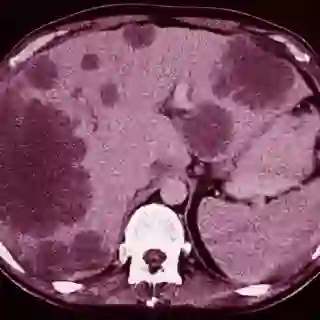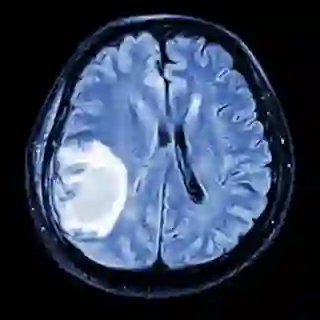While you don’t always get a warning sign that your breast cancer has spread, it’s helpful to be aware of the symptoms. In some instances, early detection can prevent worse side effects. Also, consider metastatic breast cancer risk factors, which differ in some ways from risk factors for breast cancer of an earlier stage.
The most common areas to which breast cancer metastasizes are the bones, the lungs, the liver, and the brain. Here’s a look at the symptoms associated with each.

Risks of Metastasis in the Bones
Over half of stage 4 breast cancer patients experience bone metastasis, according to breastcancer.org. Usually the first place breast cancer spreads, bones most commonly affected include the ribs, spine, pelvis, and arm and leg bones. If you suspect cancer has spread to a bone, it’s important to get it checked out quickly, as you may be able to prevent fractures with prompt treatment.

Signs of Metastasis in the Bones
Take note of sudden new pain, especially pain that doesn’t go away with rest or lying down. Other symptoms include:
- Inability to move (could indicate a fracture)
- Numbness or weakness in any area
- Constipation
Decreased alertness, fatigue, weakness, nausea, loss of appetite, and dehydration can be signs that calcium has risen in the blood because of bone breakdown.

Metastasis in the Liver May Not Cause Symptoms
You may not be the first to notice if breast cancer spreads to the liver; frequently, there aren’t any signs, according to breastcancer.org.
A liver function test can detect abnormal levels of enzymes and proteins in the blood, which may suggest cancer has spread to the liver.

Signs of Metastasis in the Liver
When metastasis in the liver does cause symptoms, they can include:
- Abdominal pain or discomfort; nausea
- Extreme fatigue; weakness
- Weight loss; lack of appetite
- Fever
- Bloating
- Swelling in the legs, feet and hands
- Yellowing of the skin or the whites of the eyes
- Itchy skin or rash

Metastasis in the Lungs May Not Cause Symptoms
As in the liver, breast cancer doesn’t always cause symptoms when it moves into the lungs. Imaging tests, such as a chest scans, may find tumors in the lungs before you notice any symptoms.

Signs of Metastasis in the Lungs
When it does cause symptoms, the signs can be hard to differentiate from a common cold. If problems persist for more than a week or two, get them checked out, breastcancer.org suggests.
Symptoms may include:
- Pain or discomfort in the lungs or chest
- Difficulty breathing; wheezing
- Persistent cough
- Coughing up blood or mucus

Risks of Metastasis in the Brain
The brain isn’t usually the first place that breast cancer spreads, but about 10 to 15 percent of stage IV breast cancer patients are diagnosed with brain metastases, according to breastcancer.org. Some of these patients only experience metastasis in the brain.
Patients with certain subtypes of breast cancer, including HER2-positive and triple-negative, are at higher risk of metastasis to the brain.

Signs of Metastasis in the Brain
Symptoms can range from physical to psychological ones, and may include:
- Headache that progressively gets worse and head pressure
- Blurred or double vision
- Seizures
- Vomiting or nausea
- Difficulty with speech, including slurred speech
- Changes in behavior, mood or personality

Diagnosing Metastatic Breast Cancer
If you do have any of the above signs and symptoms, various tests can help diagnose metastatic breast cancer, including:
- Blood tests
- Whole-body bone scan
- MRI of the spine or brain
- CT scan of the chest, abdomen, pelvis, and/or brain
- PET scan
- X-ray or ultrasound of the abdomen or chest
- Bronchoscopy
- Biopsy
- A "tap," or fluid removal, from the spinal cord or area between the lung and chest wall
